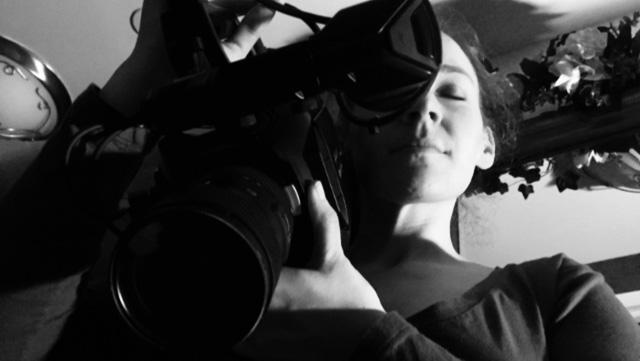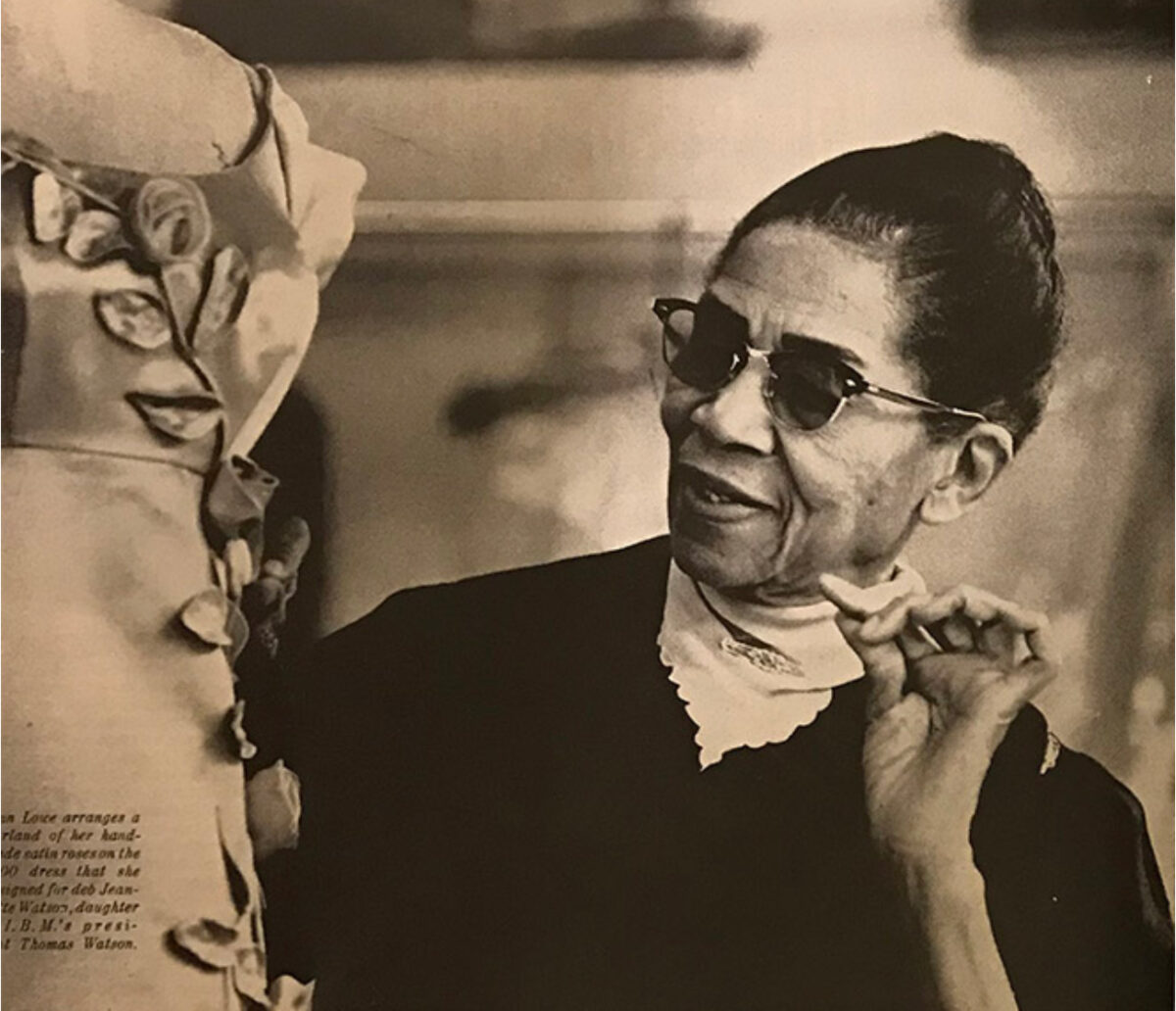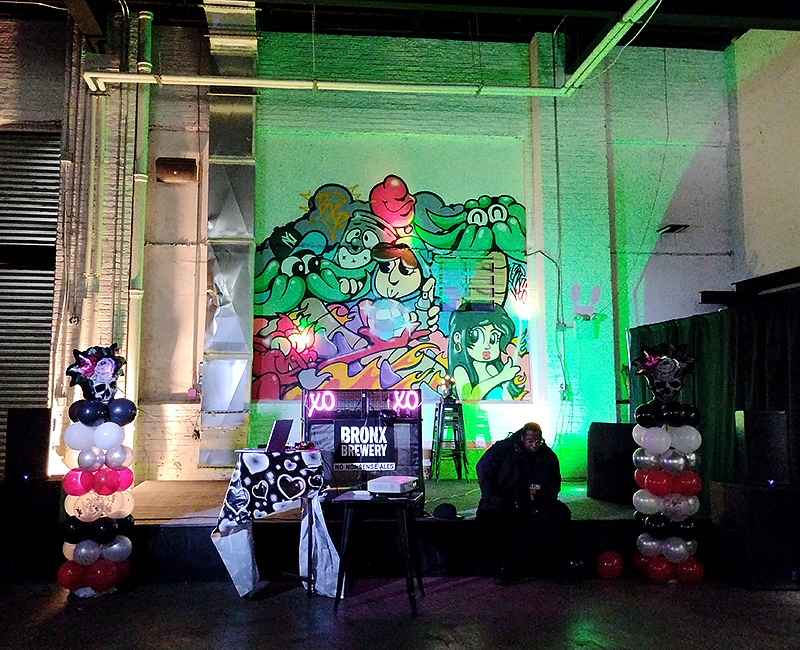By Leopold Manswell
Blockbuster season is upon us. Who doesn’t love a trip to the movies, right? The $11 billion grossed at 2016’s box office suggests that those people may be hard to find. Last year proved to be an exceptional year for independent films particularly. But these smaller movies, many with micro budgets, have to work twice as hard to stand up against big studio projects. And it’s always been a struggle.
Breaking down the process of any independent film always starts at the same place — fundraising. Very rarely is a successful and widely distributed indie made for as cheap as $500,000. With high production value being a key component for any film to capture that cinematic feel, raising the right amount of money is necessary to get the job done.
“Fundraising is the worst part of independent filmmaking. It’s a pain in the ass. It’s terrible,” says Larry Shore, a documentary filmmaker and director of RFK In the Land of Apartheid: A Ripple of Hope. “The only analogy I can give is that it’s like dating. And you just can’t get a date. You wait… Will she call? Will she call? She doesn’t call. And the next one doesn’t call. And eventually, after about 20 — yes! I’ve got a date. That’s how it feels,” he says.
Shore points out however, that this is not the same process for all independent filmmakers, but more so unknowns, and those looking to make a name for themselves. Famed directors such Michael Moore and Ken Burns, whom Shore references, wouldn’t have the same experience that he has raising the money, because of their name and track record. “You’ve got to find foundations that fund films. Or else you’ve got to find wealthy individuals. Every independent filmmaker I know works through a nonprofit organization — so that when you go to a rich individual, as part of the attraction, you say, ‘Hey, Mr. Cuban, if you fund my film, you will get a tax deduction for it.’”
Money is at the core of the conversation during all stages of production because as Shore puts it, you want to make sure that you do the film right. The cost to rent top notch cinema cameras, film lenses, set up interviews (for documentaries), and have a full staff and crew adds up pretty quick. Shore agrees that high production value contributes to making a film great, and assembling the right team of people is a key part of the process, albeit expensive. “If you want to hire a good editor, it’s gonna cost you $50,000, $60,000, if you’re lucky,” he said. “My cinematographer charged me $1,000 a day. There are some who will charge you more.” The drama feature Fruitvale Station by Ryan Coogler was made independently for a modest budget of $900,000. However, Shore made his documentary for $300,000, which is near the ultra-low budget range for feature films according SAG-AFTRA union standards.
Distribution is also a big challenge for independent filmmakers. “I think raising money for the cost of production actually is less of a challenge than figuring out how your film is going to get distributed,” says cinema author and professor Dana Polan. “If you get your film streamed (ex:. Netflix, Hulu, Amazon, etc.), a whole host of other problems are going to happen. One is, that it may get lost in the shuffle. A lot of streaming sources are carrying too much content. They’re not going to do advertisement.”
What some may find interesting about Poland’s statement is that periodically, if you have a Netflix account, you’ll notice that when you log on, a new Netflix original movie appears across the screen and is ready to play — despite, there being no previous advertisement in many cases. “If you make something and it doesn’t get out. Or if you make something and it gets out but it’s lost, I think then the effort is irrelevant,” he said.
Sometimes tight finances require that independent film productions cut corners to get the job done. Just ask sound designer and re-recording mixer, Ryan Billia. With over 103 credits in film and television, Billia says that although he mainly works on independents, there are some significant differences that he’s aware of when working on indies as opposed to studio projects. “On independent films we’re always working under a shorter deadline and a tighter budget, and always trying to figure out where we can tweak the budget here and there,” he says. “I know some friends of mine, that do work in Hollywood, and when they tell me that they’re on a big studio picture, they have let’s say $2 million to do audio post and they’ve got nine months to sound edit. And then you talk to somebody like me who works on an independent film, that has a budget of let’s say between $20,000 and $40,000. We still try to make it sound as good as possible, but it’s two different worlds.”
Cutting corners for independent productions can also include things like asking actors to use their own clothes for wardrobe or not having a place ready for them to sit down when they finish their takes. The pay is also compromised when working on these smaller projects by thousands of dollars in many cases. If an actor is hired to do a TV movie for Vh1, by union rules, he or she may be paid no less than a $3,476 scale, for a weekly contract and without having to work each and everyday of that week. Whereas, if this same production was made independently and had what the SAG-AFTRA union classifies as an ‘ultra-low budget’ contract, that same actor could be paid $125 a day for the same amount of work.
Movie making is often called magic, but it’s safe to say that creating that magic isn’t cheap. Forcing creativity where there is necessity, has repeatedly led to undesirable working conditions as far as independent films go. However, one thing remains constant — and that’s the thousands of films being made each year by artists’ who jump out on a limb and take a chance. Many know what they’re signing up for when taking the indie route, but go through with the process anyway. Although most of these films won’t premiere at major festivals or in front of large audiences, these filmmakers keep on creating. Their drive, zest, and relentless pursuit to portray great stories to the masses may just be as magical as any narrative they could ever relay on the big screen.








No comments